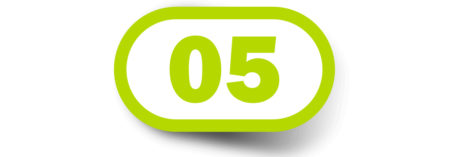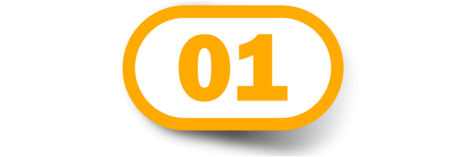Telephone surveys are one of the most common methods used to collect data for market research. Telephone surveys are particularly well suited to the B2B context but present several difficulties that impact the response rate and the budget. In this article, we take a closer look at the 7 factors that influence the response rate of telephone surveys.
Contact us for your telephone survey
Summary
- factor 1: the type of target
- factor 2: the sector
- factor 3: duration
- factor 4: type of questions
- factor 5: compensation
- factor 6: nature of the survey
- factor 7: timing
- Conclusion
The type of target
Most market research aims at testing the interest of a specific consumer or company profile for a product/service. Therefore, it is necessary to define “personas” to collect data from suitable targets.
The telephone survey is part of this approach and must reach specific respondents. A balance must be found between target definition and recruitment difficulty.
This problem is particularly acute in B2B when the telephone survey is aimed at high-level profiles in the company’s organization. These profiles are over-solicited and are much less likely to respond. This will considerably reduce the response rate.

The sector (for B2B telephone surveys)
The sector of activity will affect the response rate of your telephone survey. There are 2 reasons for this:
- some sectors are naturally oversubscribed (the medical sector in general and doctors in particular)
- some sectors are minor: the total population of interviewees will therefore be limited. This can, therefore, potentially affect the number of requests received by these B2B targets and their willingness to respond.
It will be necessary to prepare a sufficiently convincing introduction to avoiding blockages in either case.

The length of the telephone survey
The length of the survey may be a barrier for some respondents. Dealing with 20 minutes of questions and answers can potentially be a problem for respondents. This is especially true in a B2B context where respondents often have little (or no) time to devote to telephone surveys.
Each question must be well thought out and its usefulness assessed. Therefore, the length of the questionnaire is a crucial parameter to control. Keeping the questionnaire as short as possible should be your primary objective during the preparation phase.
We cannot recommend enough that you optimize your questionnaire by following these two pieces of advice:
1) Realize a preliminary literature review
The literature review allows you to scan all the available results on a subject and make it your own. You will then identify the points that deserve to be studied in depth during your telephone survey.
2) Test your survey
Testing your questionnaire is essential to understand how long it will take to administer and what problems it may have. Ask a colleague or someone close to you to play the role of the guinea pig. This exercise will undoubtedly allow you to detect and correct problems that are invisible to you. Your efficiency during the telephone survey will be all the better for it.

The type of questions
Respondents will block intrusive or confidential questions.
When preparing your questionnaire, formulate your questions so that respondents will want to answer. Also, be careful not to ask questions outside the scope of responsibility of B2B respondents.
In general, the rules for writing questionnaires apply. Keep them in mind to avoid problems.

The compensation
It may seem obvious, but money is still a motivation for many people. When the survey is paid for, the response rate is affected:
- for a B2C telephone survey, it can be 10 times higher
- for a B2B telephone survey, it can be twice as high
If time is an essential constraint in your research, think about taking out the wallet. To get an idea of how much to offer, check out this article.

The nature of the survey
The nature of the telephone survey or the sponsor’s identity may influence the response rate. Some respondents may want to be “heard” and take the opportunity to give their opinion.

The timing
Seasonality and day and time of day are factors that impact the response rate, especially in B2B. For example, absenteeism is higher during the summer, which will make the telephone survey more difficult.
The last week of December and the first week of January are also periods to avoid. In B2C, respondents will not have time to complete a survey. In B2B, the few people you reach will also be too busy to respond.

Conclusion
As you can see, there are many pitfalls to realizing a successful telephone survey. Its good preparation will condition 80% of its success.
However, if this approach seems too complicated, you should know that there are alternatives
- Consumer panels (for B2C market research) or professional panels (for B2B market research)
- Face-to-face surveys, particularly adapted to the B2B context
And if you need help, IntoTheMinds will be happy to assist you with your research. Do not hesitate to contact us.
Posted in Marketing.
